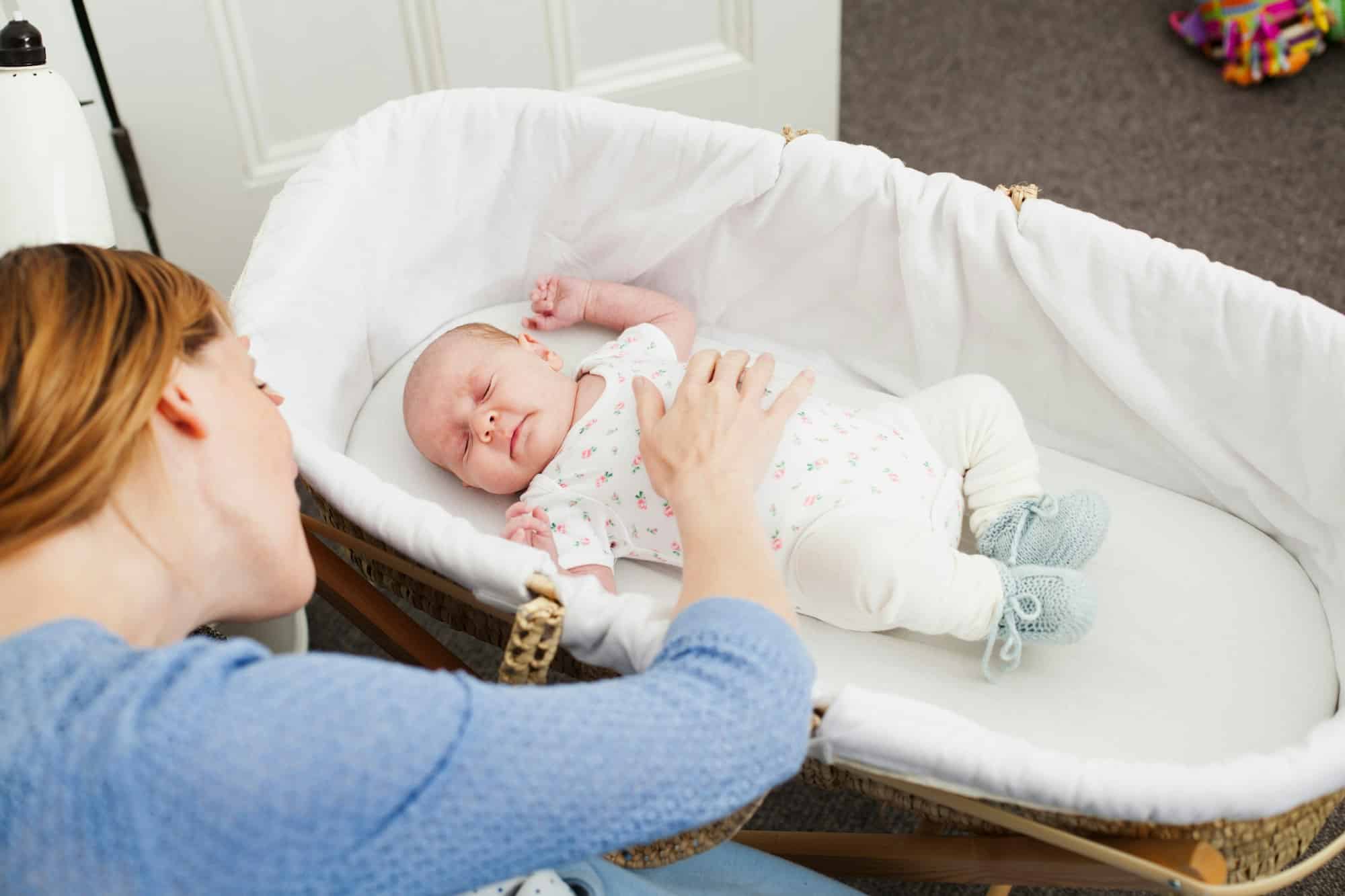Babies
The Safe Sleep Sanctuary: Importance of Placing Your Baby in the Bassinet

Creating a safe and comfortable sleep environment for your baby is paramount for their well-being and development. Placing your baby in a bassinet is a recommended practice endorsed by pediatric experts to ensure a secure and peaceful sleep space. In this article, we’ll delve into the significance of getting your baby to sleep in their bassinet, referencing the Safe Sleep 7 guidelines and providing tips for a successful and safe sleep routine.
The Safe Sleep Sanctuary:
1. Back to Sleep:
The “Back to Sleep” guideline emphasizes placing your baby on their back to sleep. This reduces the risk of Sudden Infant Death Syndrome (SIDS) and allows for clear airflow.
2. Use a Firm Sleep Surface:
Providing a firm mattress in the bassinet supports a safe sleep environment. Avoid soft bedding, pillows, or toys that could pose a suffocation risk.
3. Room Sharing, Not Bed Sharing:
The American Academy of Pediatrics (AAP) recommends room-sharing for at least the first six months, but bed-sharing is discouraged due to potential hazards. Placing the bassinet in your room ensures close proximity without compromising safety.
4. Avoid Overheating:
Dress your baby in light sleepwear and maintain a comfortable room temperature to prevent overheating. Overheating is associated with an increased risk of SIDS.
5. Pacifier Use at Naptime and Bedtime:
Introduce a pacifier at naptime and bedtime to reduce the risk of SIDS. However, if breastfeeding, wait until breastfeeding is well-established before introducing a pacifier.
6. Breastfeeding is Recommended:
Whenever possible, breastfeeding is encouraged as it has been associated with a reduced risk of SIDS. If breastfeeding, try to feed your baby in the bassinet or crib before placing them down to sleep.
7. Avoid Smoke Exposure During Pregnancy and After Birth:
Mothers are advised to avoid smoking during pregnancy, and both parents should refrain from smoking around the baby. Smoke exposure increases the risk of SIDS.
Tips for Getting Your Baby to Sleep in the Bassinet:
1. Establish a Consistent Bedtime Routine:
Create a calming and consistent bedtime routine to signal to your baby that it’s time to sleep. This routine might include activities like a warm bath, gentle massage, or a quiet story.
2. Start with Naps:
Ease your baby into the bassinet routine by starting with daytime naps. Gradually transition to placing them in the bassinet for nighttime sleep as well.
3. Use Familiar Sleep Aids:
Incorporate familiar sleep aids, such as a soft blanket or a piece of your clothing with your scent, to create a comforting environment in the bassinet.
4. Optimize Sleep Associations:
Create positive sleep associations with the bassinet by ensuring that your baby associates it with comfort and security. Avoid using the bassinet for activities other than sleep.
5. Be Patient and Consistent:
It may take time for your baby to adjust to sleeping in the bassinet. Be patient and consistent in your approach, offering reassurance and comfort during the transition.
Placing your baby in a bassinet is a crucial step in creating a safe sleep sanctuary that promotes optimal well-being. Following the Safe Sleep 7 guidelines and incorporating tips for successful bassinet use ensures that your baby enjoys a secure and peaceful sleep environment. By prioritizing safe sleep practices, you contribute to your baby’s healthy development and provide them with the foundation for a lifetime of restful nights.












